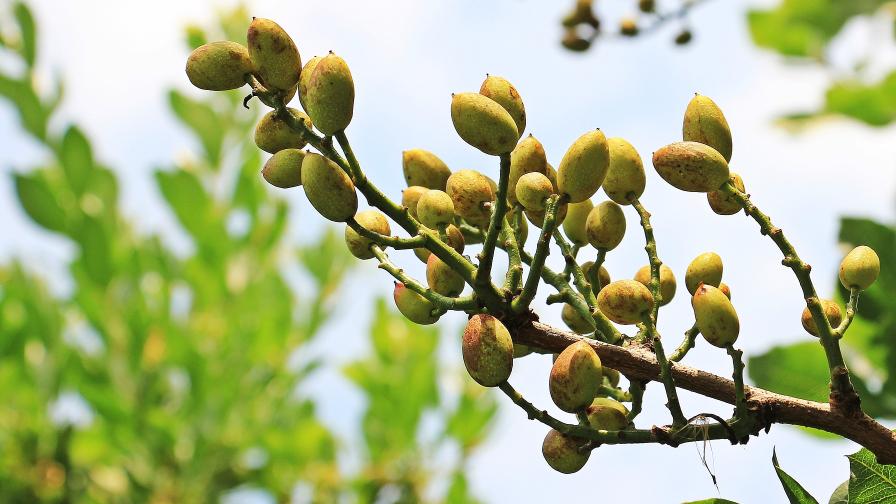By the Numbers: How the 2021 Wet Season in South Florida Stacks up
Change of season in Florida is not defined by falling leaves or even much of a fall in temperatures for that matter. Rather the transition from wet season to dry is how many mark the calendar here. The 2021 wet season is now in the rear view for the Sunshine State. So, how did it stack up to others? In a word: average.
The near normal numbers are not a big surprise though as the state saw no landfalling hurricanes or other major precipitation events during that time (mid-May to mid-, late October).
According to the South Florida Water Management District (SFWMD), here’s what we know about the 2021 wet season – stats included:
- Total wet season rainfall is 33.68 inches, which is near average.
- The Southwest Coast received the most rainfall with 40.86 inches and the Upper Kissimmee Region received the least amount of rainfall with 28 inches.
- Rainfall was well distributed across SFWMD’s 18,000 square mile region.
- The District was not directly impacted by a landfalling tropical cyclone.
- Monthly rainfall during the wet season remained fairly close to historical averages, except for May 2021, which was the sixth driest in the last 90 years.
- Total annual rainfall is still running at 6.5 inches deficit as a result of below normal rainfall from January through May when La Niña conditions prevailed.
- Wet Season started May 28 — four days later than the historical median start date of May 24.
And while it is still technically hurricane season until the end of this month, the neighboring St. Johns River Water Management District (SJRWMD) reported well below the long-term average rainfall average during October.
- Districtwide, October rainfall averaged 2.63 inches, which is 1.38 inches below the long-term average for the month.
- Many counties only received roughly half the normal October rainfall, including Clay, St. Johns, Flagler, Putnam, Brevard, and Indian River.
- The County with the highest rainfall totals was Volusia, with 3.3 inches of rain.
The counties with the least rainfall in October were Clay, with only 1.6 inches, followed by Putnam and Flagler (1.9 inches), and St. Johns (2 inches).
Overall across SJRWMD, the cumulative rainfall total for the past 12 months is 50.92 inches, which is 0.09 inches below the long-term average.








